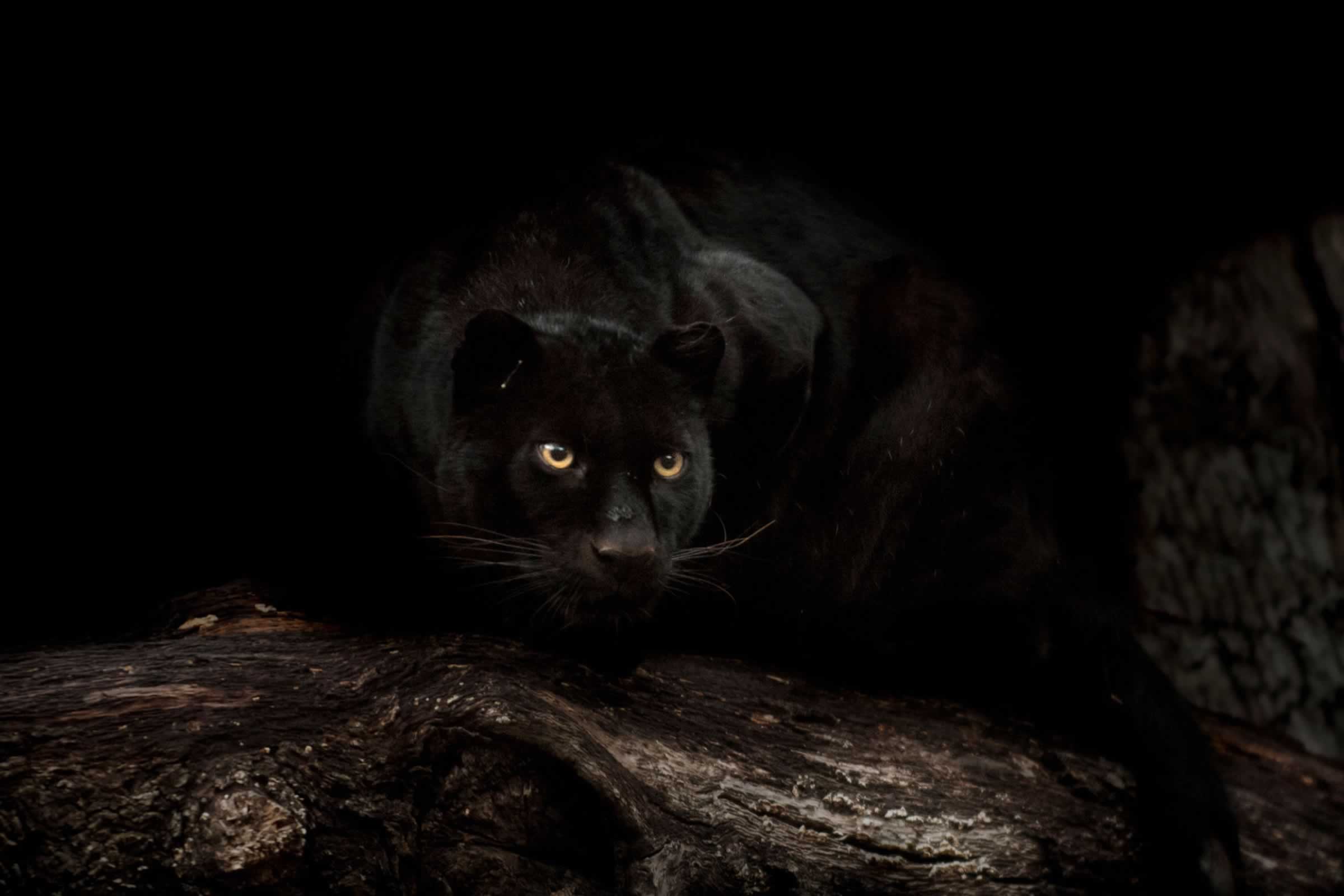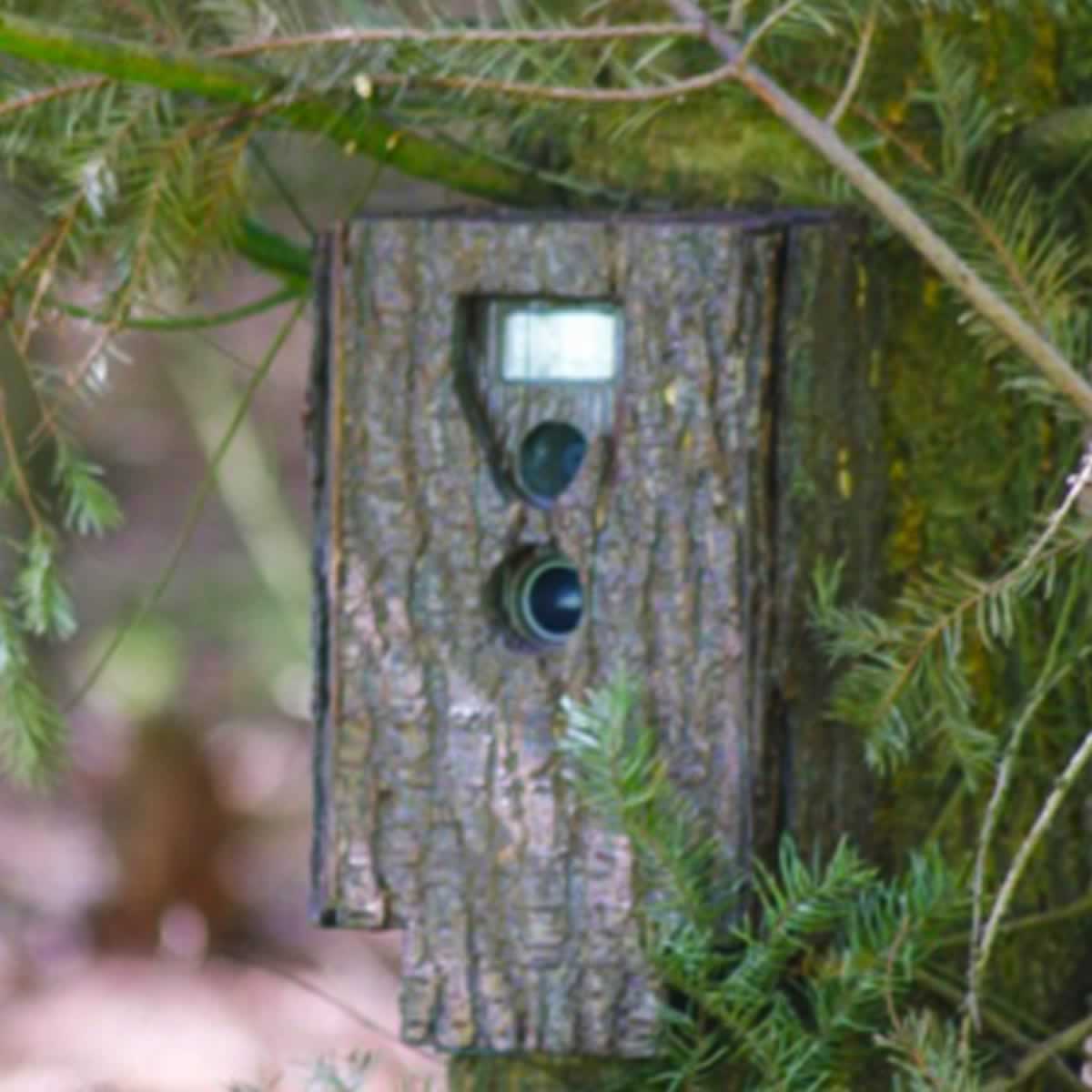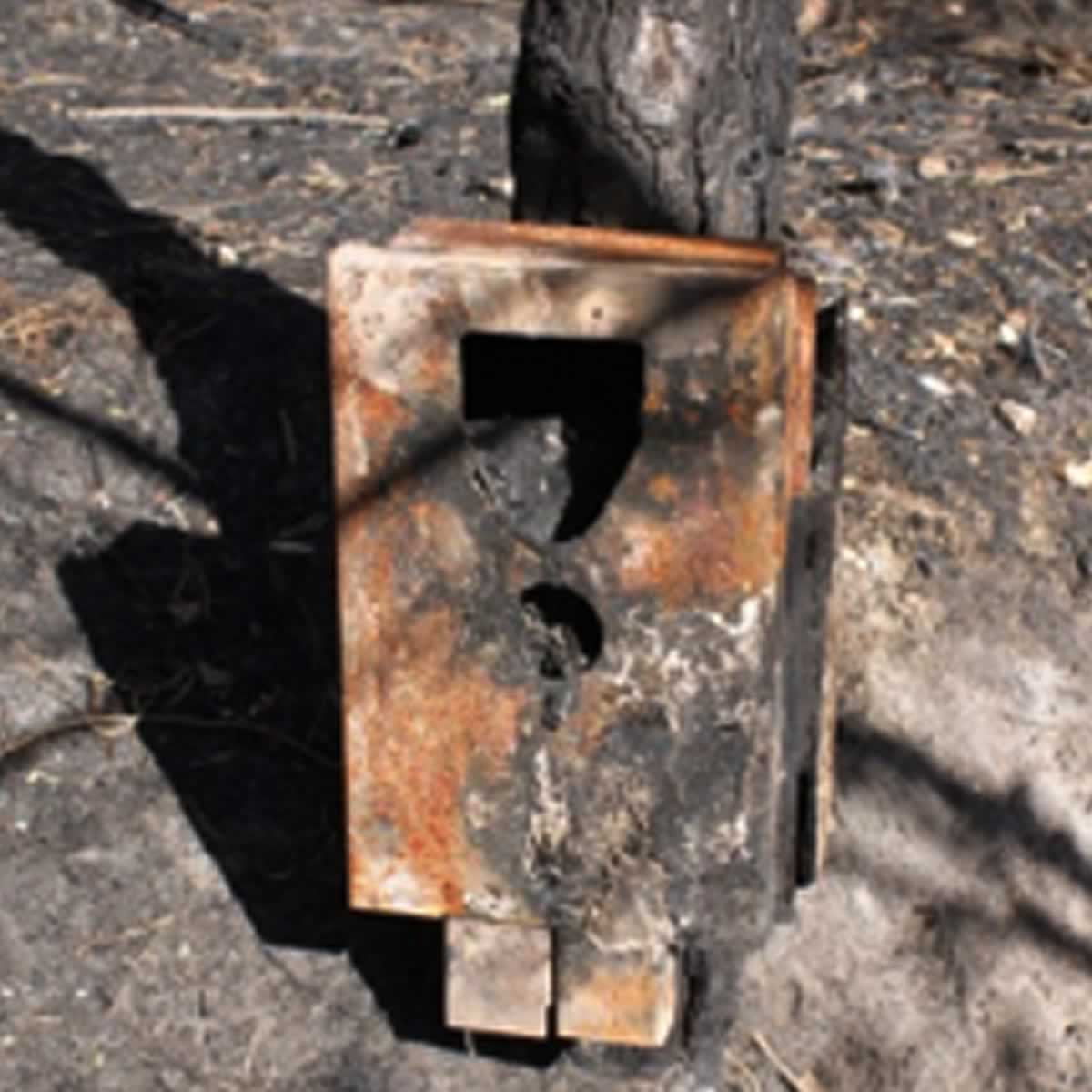I first heard of the surrey puma as a boy back in the early 70s. I was watching a TV programme that featured a mountain lion, (Roy Rodgers I think it was) I remember my dad tell that there was a hunt on for one of them in our area! Someone had seen one in their back garden and now the army were out to shoot it. As far as I can tell, they never got it!
Over the following years, sightings were continuing to come in from all over surrey. It was still out there and it could very easily pop up in my back garden. This was all a bit worrying for me at the time, as my preteen years was spent tramping the fields and woods of surrey with my mates collecting bird’s eggs. A pastime I very much regret now, but one that has given me a great knowledge of British birds and wildlife in general. I would say in my defence that we only ever took one egg from the clutch, sometimes two but only if there was a dispute over who found the nest first.
Forty years later, I’m still looking over my shoulder as I walk through the woods.
I remember there was a wood in Thorpe that we wouldn’t go into, as someone said that the cougar was seen in there. Looking over the sightings timeline now, I can see that it was never seen near my home town of Egham but that didn’t stop me looking over my shoulder at the time. Forty years later, I’m still looking over my shoulder as I walk through the woods. This time though, I’m actively seeking an encounter with the surrey puma and privately hoping that it’s not so much of an encounter but more an observation. Preferably me observing it, through the long lenses of my camera!

I won’t go into any great detail on the sightings timeline, as who saw what were and when is well documented and readily available on the internet. I will say that people have been seeing big cats in Surrey since the 50s. I discount the sighting in 1825 by the famous William Corbett as probably a lynx as it was climbing into a tree hole at the time. Along with the 1938 field magazine article about a woman in light water who was kept awake by strange noises. While this may well have been a puma, nothing was seen.
The earliest report I can find is from 1955. A lady walking her dog in Abinger hammer finds a mutilated dead calf. She claims she was shocked to see a puma like animal slinking away from the scene. Interestingly, the most recent report comes from just down the road in Dorking. A woman on a train claims she saw a puma or a skinny lion in a field. (Source BCIB) A distance of 5 miles and 55 years between sightings. This cannot possibly be the same cat as the average life expectancy for a wild puma is reported as between 8 to 15 years. So either these cats are continually being released into the wild, or there is indeed a breeding population.
To label all cats seen in surrey as puma is a bit misleading. Out of the 50+recored sightings from Surrey logged on the BCIB database, only a handful is of cats that fit the description of a puma. The vast majority are unclear as to species and the rest are of a big black cat.
Now I don’t pretend to be a big cat expert but from all the research I’ve done on the subject, it would appear that while there have been reports of black of melanistic puma in the distance past, these reports have never been authenticated. So it is highly probable that they are not black pumas but black panthers. This brings me to the conclusion that there are at least two types of cat I’m looking out for as I trudge endlessly through the surrey forests, camera at the ready! Well not so much trudging these days, now that I have invested in a couple of camera traps.
I’m of the conviction, like most of my fellow members at BCIB, that camera traps are the way forward and probably the only way we’ll finally obtain the hard proof we need, that these cats are out there and what species we are dealing with. I feel that a good quality, clear colour picture from a camera trap will give us that proof for the following reasons;
- A confirmed time and date.
- A set location that can be verified by the press.
- A size and scale that can be compared with objects in the landscape and with the other animals that are always caught in the sequence. I.e. fox, badger and deer.
I purchased a pair of Cuddeback digital scout camera from theStates.What a fantastic bit of kit. I watched a review of spy cams on YouTube, where they tested all the best against each other. Cuddeback came out on top for many reasons. Ease of programming, Picture quality, Reaction time, Battery life and Reliability. I went for the narrow band dection models, as all the shots come out centre screen. The last thing I wanted if a cat walked past, was a picture of its tail.

As it draws attention to the camera and stick pine bark to the box for camouflage. These boxes are fantastic against Bears and thieves.

But as seen in this photo, it is totally useless against Fire! This is after the Swinley forest fire of 2014.
I’ve had them out now for the past six months in a conifer forest near to an area where my Father-in-law saw a big black cat in 2007. I’ve got some great pictures of fox, badger and deer. But no cats! I was also getting loads of great pictures of dogs, followed by close-ups of the owner as they inspect the camera. So following the recent sighting in nearby Dorking of a puma by a woman on a train. I decided to move one nearby, to an area I found on google earth. A natural funnel area that I thought this cat might pass through. It was only there for four nights! I put it out Saturday evening, went back to collect it Wednesday morning and it was gone!
To say I was devastated would be an understatement! It’s funny that feeling you get, like a sixth sense, when you know you shouldn’t do something but you do it anyway! Well I had that feeling while I was attaching it to the gate port I had selected. Looking back now it was just plain stupid! It was starting to get dark and I was struggling to find a suitable site. I had noticed this old gate opening, leading to a young conifer plantation with trees about 6-10 feet high and heavy cover between. Like an idiot, I thought “ah a funnel within a funnel” I’ll leave it overnight and see if there’s anything moving in or out. The right hand post was heavily overgrown with bramble and shrub, so I cleared an opening then strapped, chained and padlocked it inside to the post. I assured myself that it couldn’t be slipped up over the post, as the chain went through the metal fencing as well. I then disguised it with some camo netting and twigs. After closing up the hole, I went home with the conviction that it couldn’t be seen unless you were standing right in front looking at it. Or it flashed. Anyway, work commitments meant I couldn’t get back for four days and the rest is history.
These cameras are an expensive piece of kit! So for all of you that have cameras out or anyone thinking of investing in one, please learn from this lesson! If it doesn’t feel right, don’t leave it! If possible, find a secure location on private land. There is another option, one that I have discussed at length with mark Fraser. I suggested that for any new cameras I get, I was going to make a protective box out of steel and reinforced strapping. With the mother of all padlocks. Then attach it to the tree with a clear sign that reads:
WARNING! YOU ARE ABOUT TO PASS IN FRONT OF A WILDLIFE CAMERA TRAP! IF YOU DO NOT WISH TO BE PHOTOGRAPHED, PLEASE GO AROUND. PLEASE DO NOT TAMPER WITH OR ATTEMPT TO REMOVE IT. NO ACTION WILL BE TAKEN WITH ANY HUMAN IMAGES RECORDED AND ALL WILL BE DELETED ON RECOVERY OF THIS UNIT.
Mark Seems to think that if a poacher gets snapped, he’ll take the camera no matter how secure it is. He’s probably right. But I feel if he’s given the chance to avoid it, he will. I’ve also learned that Cuddeback actually make a secure box for their units called a “cuddesafe”. It’s a bear proof anti-theft box. As described, it’s a steel box with a flange that hangs down to protect the padlock from bolt croppers. Instead of a strap, it’s secured to the tree with coach bolts. If a bear can’t pull it off and poachers avoid it, I don’t think your average dog walker or rambler will be equipped to remove it. Anyway I’ll be buying one and this will be my approach to setting them out in the future. So stay tuned I’ll keep you informed as to how they work.
So why it is that Surrey have had so many big cat sightings over the years? Firstly, many areas of Surrey offer the perfect habitat for a secretive nocturnal hunter. Known as “leafy surrey.” As it is the most wooded county in the UK. Made up of large areas of mature English woodland, vast conifer plantations, nature reserves, parks, huge country estates, non-intensive farm land bordered by isolated woodland, heathland, commons and golf courses. Not to mention the large back gardens. Surrey also contains immense areas of MOD army ranges. These areas are out of bounds to the general public and I believe, offer the perfect refuge for big cats; I make this statement with confidence, as many sightings have been made on the fringes of these ranges. Which suggest to me that they are indeed using them?
The second reason I believe Surrey is ideal for big cats, is the year round prey animals. Pheasants and rabbits are everywhere and there are also healthy populations of deer, fox and badger.
My study area stretches from Camberley and the swinley forest. Through the army land at deepcut, Bisley, pirbright. Over to Guildford, the sands and Godalming. And through the open access conifer plantations around Shere, Abinger and Wotton. At the time this goes to press, I would say the hotspot is on the Surrey/Berks boarder in the Crown estate at Swinley Forrest. Where Lynx and puma have been seen by many independent witnesses.
As to exactly what cats the Surrey puma and surrey panther really are? Only time will tell, or it won’t! Personally, I believe there is a naturalised breeding population of puma in the UK. Naturalisation might mean that some of these puma have become melanistic (Black) as would suit a woodland hunter. I point this out, as many eye witness account are convinced they have seen a black puma. Likewise, I feel convinced we had Black leopard and Eurasian Lynx. Also I must add that many researchers believe there is also some form of large black, feral, domestic hybrid. As a large cat with pointed ears is regularly seen. True big cats have round ears. Pointed ears are a domestic trait. So it could be that some people are just seeing next doors over-feed moggy!
Gary Ridley
BCIB SURREY REP
Update 2019
I would like to report that the camera trap “Cuddesafe” Boxes have worked well and I have not lost a camera to theft in the past 9 years. I dropped the warning sign.


